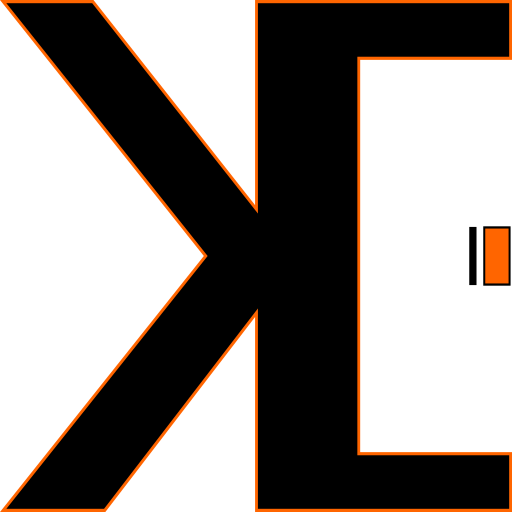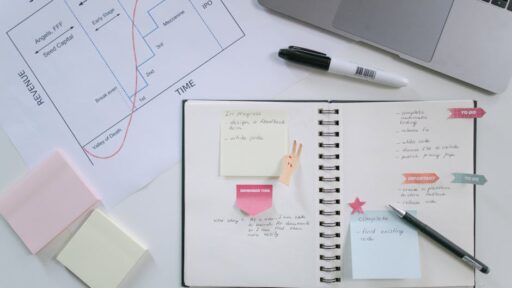Strategies to Maximize Employee Productivity in the Modern Workplace
Increasing employee productivity is a common goal for organizations aiming to achieve greater efficiency and effectiveness. By implementing strategic approaches and best practices, businesses can empower their workforce to work smarter, achieve higher output levels, and contribute more effectively to the company’s success.
Understanding Employee Productivity
Employee productivity measures an employee’s output, performance, or contribution within a specific period, often related to the resources, time, or effort invested. It reflects the efficiency and effectiveness of an individual’s or team’s work.
The Impact of Remote and Hybrid Work
The COVID-19 pandemic accelerated the shift to remote work, offering numerous benefits like regained time, improved work-life balance, and reduced stress. A hybrid work arrangement can further enhance productivity by allowing flexible schedules and shorter workweeks.
Empowering Employees
Effective leadership and avoiding micromanagement are crucial. Delegating tasks and providing opportunities for skill development, such as continued education or internal cross-training, can significantly boost productivity. Equipping employees with the right tools and technology, like advanced software and ergonomic furniture, is essential for maximizing productivity.
Streamlining Communication and Reducing Overload
Emails often consume excessive time and disrupt focus. Streamlining email practices and reducing task overload can prevent burnout and enhance productivity. Offering paid time off or mandatory vacations can help employees recharge.
Incentives and Leadership Training
Motivating employees with incentives and leadership training can foster a productive environment. Recognizing and rewarding exceptional work encourages excellence. Effective leadership involves understanding employee needs and fostering a team-oriented approach.
Enhancing Employee Engagement
Improving employee engagement requires understanding the factors that drive employees, such as career advancement opportunities, work flexibility, and a positive workplace culture. Conducting employee engagement surveys can provide valuable insights.
Facilitating Collaboration
Fostering teamwork and cross-functional collaboration is vital for productivity. Asynchronous communication and dedicated virtual platforms can enhance collaboration in remote settings.
Evaluating Employee Performance
Utilizing metrics like error count, goal achievement rate, and task completion time helps assess productivity. These insights inform decisions to enhance company culture and strategies.
The Evolving Landscape of Employee Productivity
Employee productivity is evolving with trends like remote work, technology integration, and a focus on well-being. Organizations that embrace these changes and support a flexible work culture can achieve higher productivity levels.
By aligning strategic initiatives with employee needs, companies can unlock their workforce’s full potential and drive organizational success.





